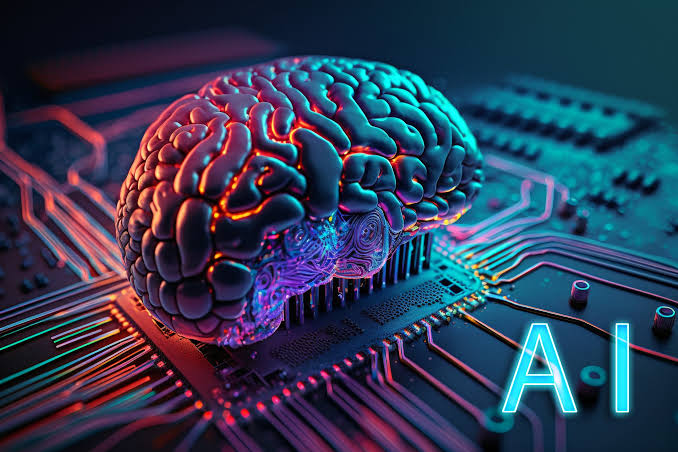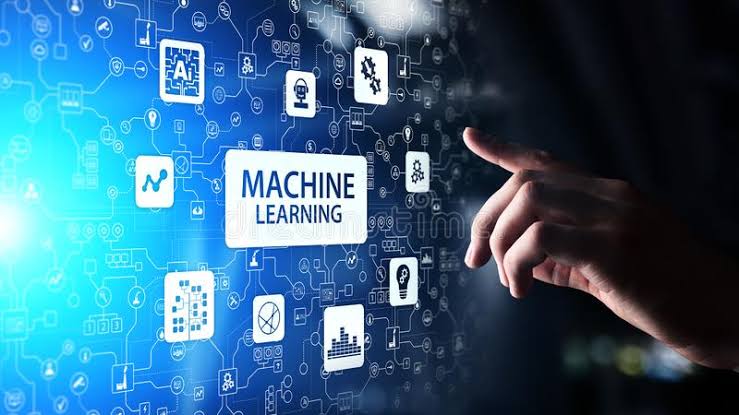It is a Technology where less man power is used.System that can learn and adapt to new data.Improving over time without human intervention.
Artificial Intelligence (AI) : Refers to the capability of machines to perform tasks that typically require human intelligence. This includes activities such as understanding natural language, recognizing patterns, solving problems, and making decisions. AI systems use algorithms and computational models to process information, learn from data, and improve their performance over time. The goal of AI is to create machines that can think, learn, and act autonomously or assist humans in various tasks, enhancing efficiency and productivity across different domains.

Machine Learning (ML): Is a subset of artificial intelligence (AI) that focuses on developing algorithms and statistical models that enable computers to learn from and make decisions based on data. Instead of being explicitly programmed to perform specific tasks, ML systems identify patterns and correlations within data and improve their performance over time. This learning process involves training models on large datasets, allowing them to recognize trends and make predictions or decisions without human intervention.ML is categorized into several types, including supervised learning, where models are trained on labeled data; unsupervised learning, where models identify patterns in unlabeled data; and reinforcement learning, where models learn through trial and error. Applications of ML are vast and include image and speech recognition, recommendation systems, fraud detection, and predictive analytics. By enabling machines to adapt and respond to new information, ML drives innovation across numerous fields and industries.

Advantages of AI and ML:
1. Automation of Tasks: – Efficiency: AI can automate repetitive and mundane tasks, freeing up human workers for more complex activities. – 24/7 Operation: AI systems can work continuously without fatigue.
2. Enhanced Decision Making: – Data Analysis: AI can process and analyze large datasets quickly, providing insights that help in informed decision-making. – Predictive Analytics: ML models can predict future trends based on historical data.
3. Improved Customer Experience: – Personalization: AI algorithms can personalize content and services to individual preferences, improving user satisfaction.
4. Healthcare Advancements: – Diagnosis and Treatment: AI can assist in diagnosing diseases and suggesting treatments. – Medical Research: AI accelerates the discovery of new drugs and therapies.
5. Cost Savings: – Reduced Labor Costs: Automation reduces the need for human labor in certain areas. – Efficiency Gains: AI-driven processes are often more efficient, reducing operational costs.
Disadvantages of AI and ML:
1. Job Displacement: – Unemployment: Automation can lead to job loss in certain sectors, particularly those involving repetitive tasks. – Skill Gaps: There may be a growing demand for new skills that the current workforce lacks.
2. Ethical and Privacy Concerns: – Bias and Discrimination: AI systems can perpetuate biases present in training data, leading to unfair outcomes. – Data Privacy: The collection and analysis of large amounts of data raise concerns about individual privacy.
3. Security Risks: – Cyber Threats: AI can be used for malicious purposes, such as creating sophisticated cyber attacks. – Autonomy: Autonomous systems, if not properly controlled, can make harmful decisions.
4. High Implementation Costs: – Initial Investment: Developing and implementing AI systems can be expensive. – Maintenance: AI systems require continuous updates and maintenance.
5. Complexity and Transparency: – Black Box Problem: AI and ML models can be complex and opaque, making it difficult to understand how decisions are made. – Accountability: Determining who is responsible for AI-driven decisions can be challenging.
Despite these challenges, AI and ML continue to evolve and offer transformative potential across various industries. The key is to manage their development and deployment responsibly, addressing ethical, social, and economic concerns.